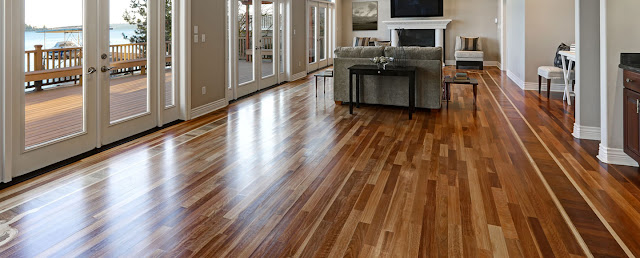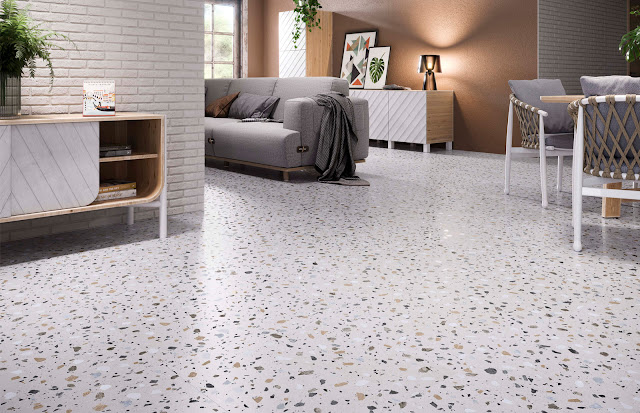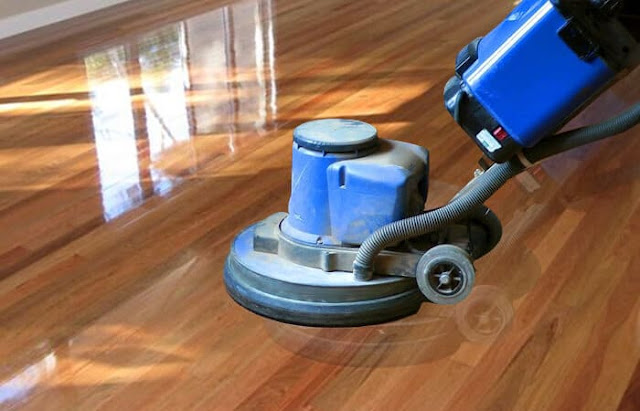The Ultimate Guide to Floor Sanding: Tips, Techniques, and Equipment
Floor sanding is a process that involves the removal of the upper layer of a wooden floor using abrasive materials such as sandpaper. It is a popular method used to restore old, worn-out, and scratched wooden floors to their original condition. In this ultimate guide to floor sanding, we will explore some tips, techniques, and equipment that you can use to achieve the best results.
Preparation is Key
Before you begin sanding your floor, it is important to prepare the space. This involves removing all furniture, rugs, and other items that may be on the floor. You should also check the floor for any loose boards or nails and make any necessary repairs. Once the floor is clear and repaired, it is time to start sanding.
Selecting the Right Sandpaper
When it comes to sandpaper, there are a variety of grits available, ranging from coarse to fine. The type of sandpaper you use will depend on the condition of your floor. For heavily scratched or damaged floors, start with a coarse grit sandpaper and gradually work your way up to finer grits. This will help to remove the scratches and level out the floor.
Using a Floor Sander
A floor sander is a powerful machine that is used to sand large areas of flooring quickly and efficiently. They come in different types and sizes, so it is important to choose the right one for your project. Drum sanders are the most commonly used and are ideal for sanding large areas. Edge sanders, on the other hand, are used for sanding areas close to walls and corners.
Sanding Techniques
When sanding your floor, it is important to use the right technique to achieve the best results. Start by sanding with the grain of the wood and work in a straight line. Once you have sanded the entire floor with the first grit, repeat the process with a finer grit sandpaper. Be sure to overlap the previous sanding pattern to ensure an even finish.
Sanding Edges
Sanding the edges of the floor can be challenging, but with the right technique, it can be done easily. Start by using an edge sander to sand the area around the edges of the floor. Once you have completed this, use a hand-held sander to finish the job. This will ensure that the edges of the floor are smooth and even.
Finishing the Floor
Once you have completed sanding the floor, it is time to finish it. This involves applying a coat of stain or sealer to protect the wood and give it a beautiful finish. There are a variety of finishes available, including oil-based, water-based, and wax-based finishes. Each has its own benefits and drawbacks, so it is important to choose the right one for your project.
In conclusion, floor sanding is a great way to restore old, worn-out, and scratched wooden floors to their original condition. With the right preparation, equipment, and technique, you can achieve the best results. Whether you are a DIY enthusiast or a professional, following these tips and techniques will help you achieve a beautiful, high-quality finish that will last for years to come.



Comments
Post a Comment